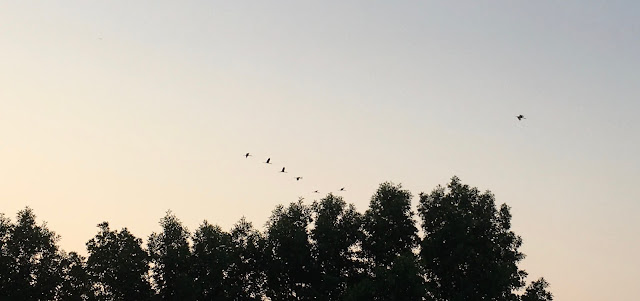Posts
Showing posts with the label Lockdown Diaries

Posted by
Flowergirl
Lockdown Diaries - Ecosystems, learning and relationships
- Get link
- X
- Other Apps

Posted by
Flowergirl
Lockdown diaries - Home to see the 'baby', and a happy Mother's Day
- Get link
- X
- Other Apps

Posted by
Flowergirl
The week that was - Lockdown diaries
- Get link
- X
- Other Apps

Posted by
flowergirl
Lockdown Dairies - Discovering Coral
- Get link
- X
- Other Apps

Posted by
flowergirl
Lockdown diaries - Adyar evenings
- Get link
- X
- Other Apps

Posted by
flowergirl
Lockdown diaries - Crow Chronicles
- Get link
- X
- Other Apps

Posted by
flowergirl
Lockdown diaries - all is well in the world
- Get link
- X
- Other Apps

Posted by
flowergirl
Lockdown diaries - A tree lifer
- Get link
- X
- Other Apps

Posted by
flowergirl
Lockdown diaries - The constant gardener
- Get link
- X
- Other Apps
